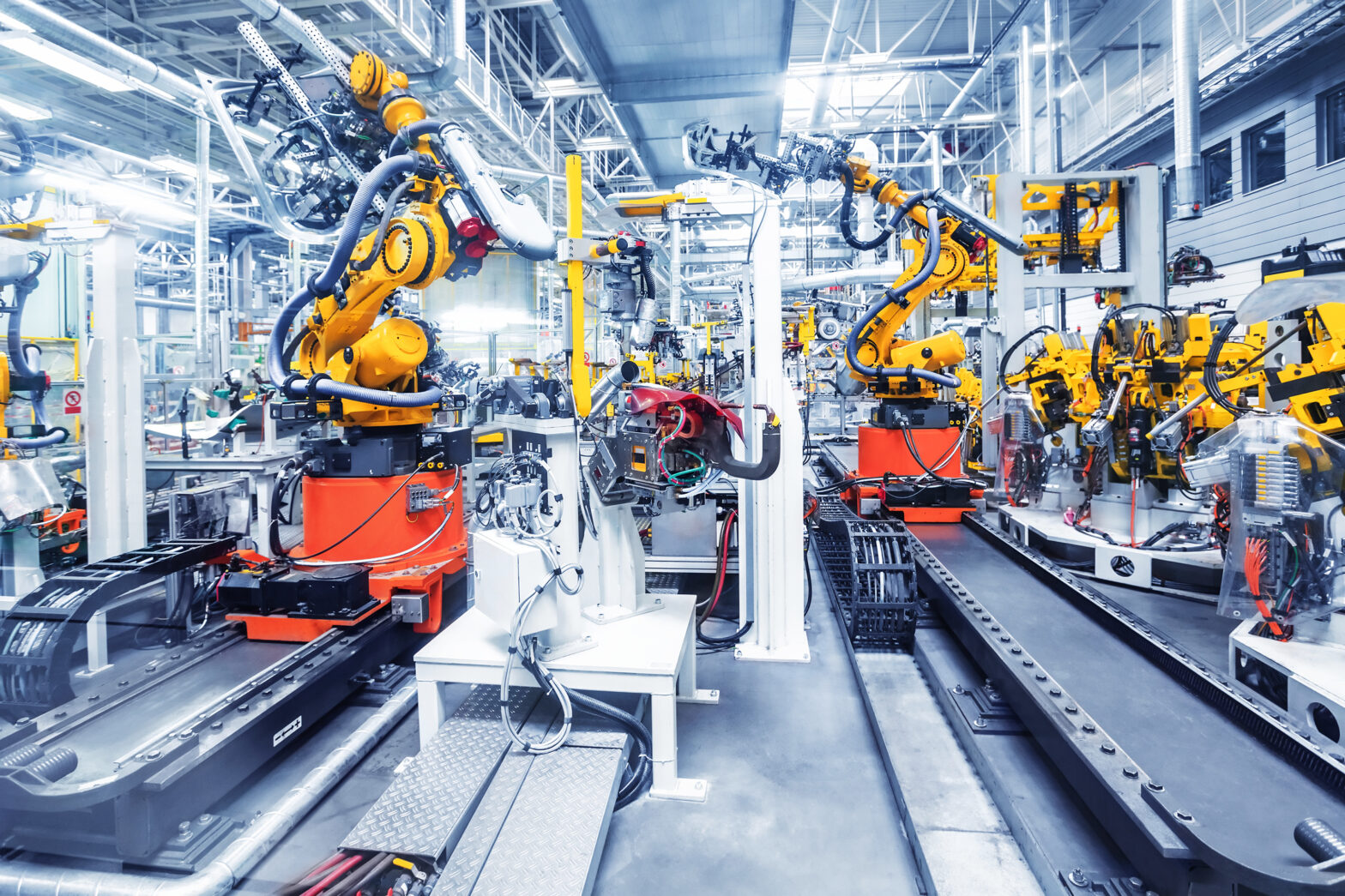A paradigm shift in business models appears to be occurring in the manufacturing industry. More and more companies that would have typically just sold products are now selling services in an attempt to future-proof themselves from commoditisation.
Of course, as some industry veterans may be quick to point out, service in manufacturing isn’t anything new. Indeed, whether it’s changing belts, inspecting breaks or providing warranties, manufacturers have long been offering aftermarket services.
However, with the advent of new technologies, customers want more and a contract that covers maintenance and repairs over a period of time is no longer sufficient. Customers now want the peace of mind that they will not have to worry about the assets they purchase not meeting expectations. These expectations are propelling manufacturers to move on from selling products and instead offer outcomes and services – this trend is referred to as servitisation.
>See also: 5 factors defining digital transformation in 2018 – Information Age
Take, for example, Goodyear, who’ve recently announced the launch of Goodyear Proactive Solutions. This will aim to use new technologies such as predictive analytics to help truck fleet managers better handle how their vehicles are used. They are not selling a product, but instead a capability delivered through the performance of the product.
Beyond benefiting the customer, servitisation offers a unique ability to retain customers and receive recurring revenue. According to Oxford Economics/PTC research, 44% of companies seen as high performers in services have seen an increase in their profit margins of over 20%.
However, given the benefits, servitization comes with its challenges. As the old “if it breaks we will fix it” model is no longer good enough, manufacturers must now focus on things like maximising product uptime and preemptive repair of equipment before it fails. Adopting new technologies such as sensors, IoT and machine learning is the way to make this happen – placing CIOs and tech leaders in the driving seat of adopting this new business model.
Creating a servitisation infrastructure requires digital transformation
Obtaining a servatisation infrastructure depends on having proactive IT leaders. Under a service-based business model, manufacturers will need to collect, share and understand data relevant to the everyday activity of their products, to facilitate the likes of repair and maintenance processes.
>See also: Is the UK manufacturing sector prepared for Industry 4.0?
While disparate technology like sensors, for example, can measure a wide variety of conditions, from weight to temperature, pressure, and volume just to name just a few, only IT leaders can piece together the raw data, and incorporate it into an actionable and full-proof plan for a service and maintenance model.
IT leaders must implement a framework that brings all available data sources together. This is, of course, a major task which requires not only adopting the latest digital innovations, from artificial intelligence to analytics to name but a few, it requires manufacturers to remain dynamic and open to change.
Keeping the customer satisfied
In order to succeed in a servitisation-focused world, manufacturers must keep up with the changing and ever-growing expectations of their customers. Beyond paving out the infrastructure for repair and maintenance processes, which will keep customers content, IT leaders must pay close attention to the entire customer experience.
>See also: 4 market forces driving digital transformation in manufacturing
The proliferation of mass customisation must not be overlooked when it comes to digital transformation. Just as customisation transformed the production of products, it influences service models in all kinds ways too. Just as consumer appetites’ grew for more bespoke, intuitive and easy to use products, service providers must also anticipate new expectations for their services.
Yet again, this brings heavy responsibilities to IT leaders, who must innovate faster and create software-enabled services. IoT and Industry 4.0 capabilities must be understood and incorporated in post-sale services and to offer the cutting edge in things like online support.







